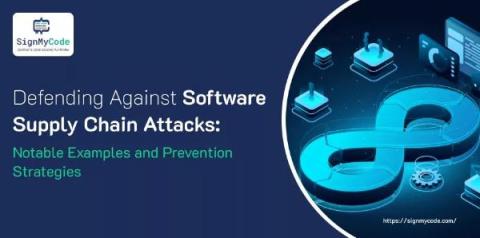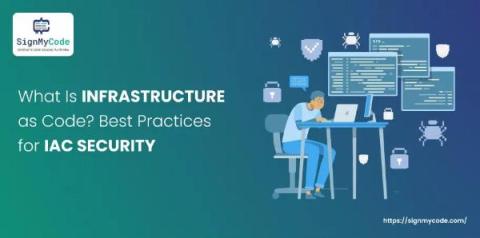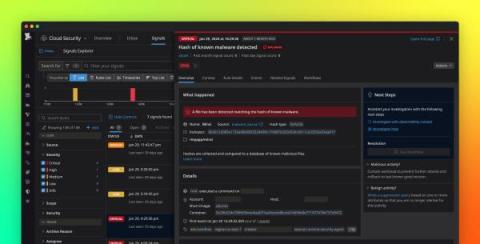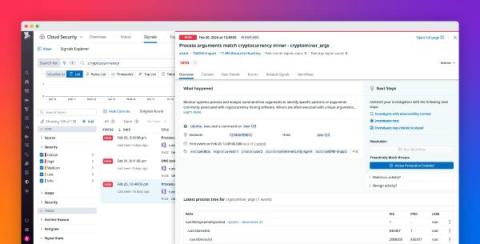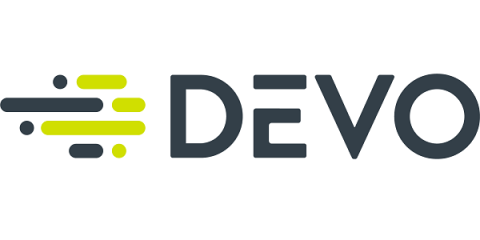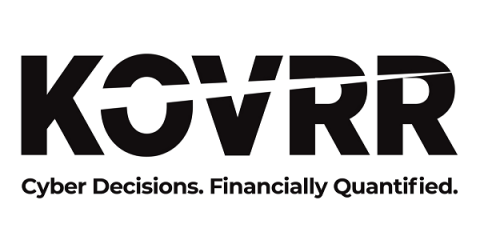Software Supply Chain Attacks: Notable Examples and Prevention Strategies
Supply chain attack is a kind of cyberattack which targets the network that is made up of suppliers, vendors, contractors and other business partners that organizations rely on to provide goods and services. As opposed to directly attacking a target organization’s systems or infrastructure, attackers use supply chain vulnerabilities to gain unauthorized access or compromise the integrity of products or services.


